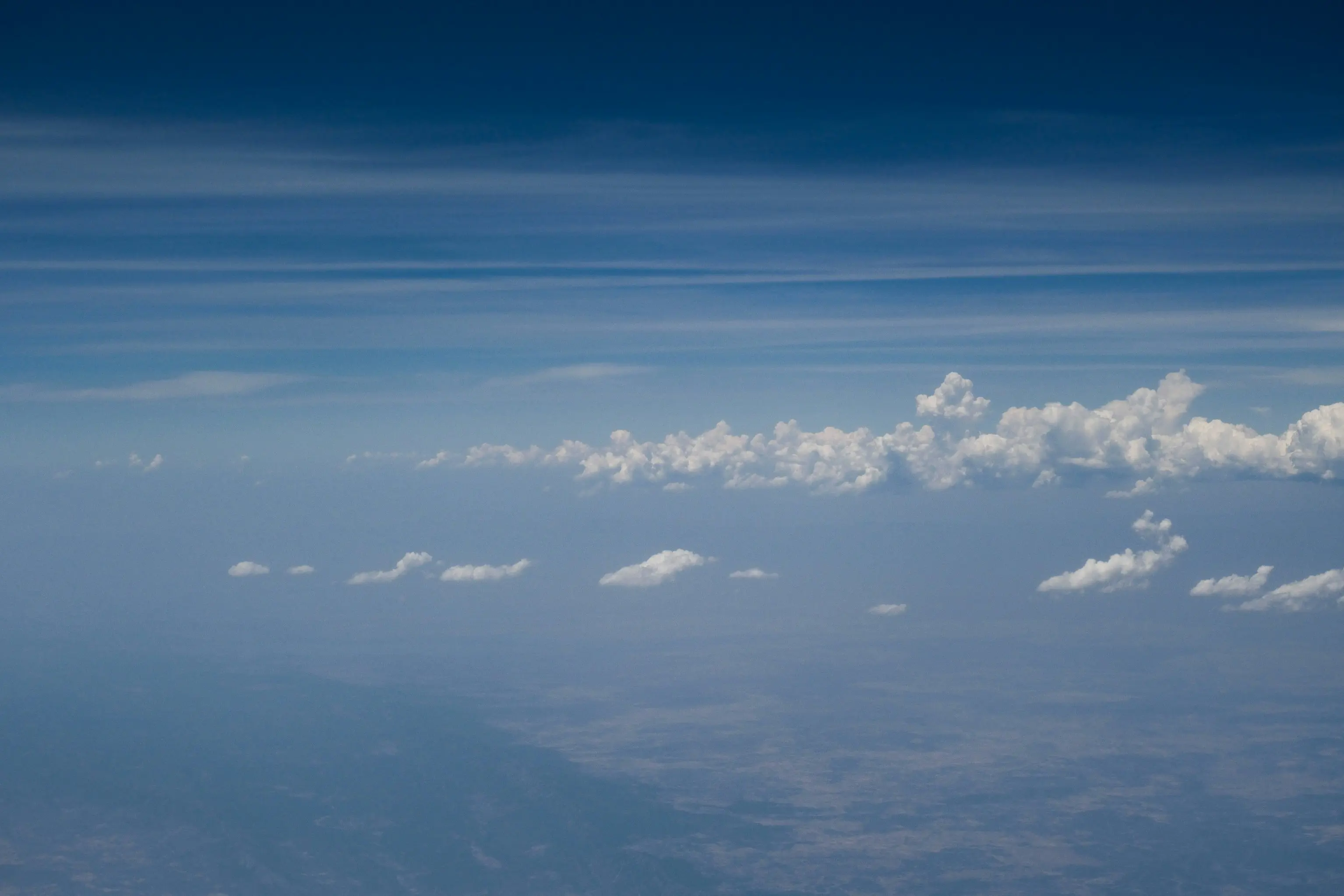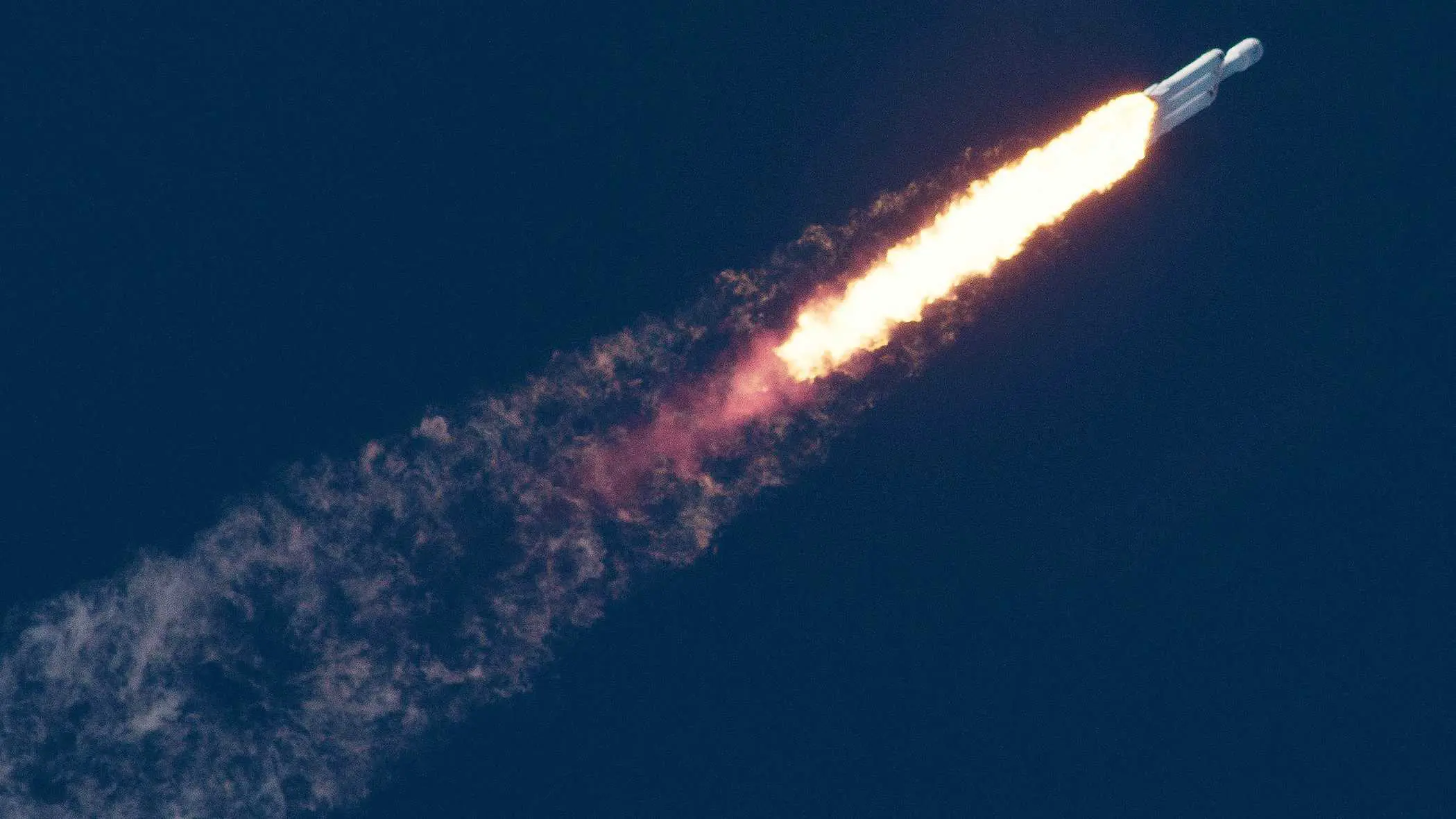Rocket Boom Could Punch Holes in Our Ozone Recovery

As rockets roar into the skies at an unprecedented pace, scientists are sounding the alarm: our ozone layer might not be ready for the new space age.
In a new analysis from ETH Zurich, atmospheric scientist Sandro Vattioni warns that the rapid global increase in rocket launches could slow down, or even reverse, the recovery of the ozone layer, the very layer that shields Earth from the Sun’s harmful ultraviolet radiation.
We've spent decades phasing out ozone-depleting chemicals, thanks to global agreements like the Montreal Protocol, and recovery is finally underway. But rocket exhaust poses a new and underappreciated threat, Vattioni argues.

Each launch injects gases like chlorine and alumina particles directly into the stratosphere, where they can linger and break down ozone molecules. While the emissions are currently small compared to aircraft, they occur at much higher altitudes, right where they can do the most damage.
“The issue is being underestimated,” says Vattioni. “We’re not just talking about one or two launches. If trends continue, launches could increase tenfold in the next decade, and so could their impact on the ozone.”
The concern grows sharper with the rise of space tourism and mega-constellation projects like Starlink, which involve frequent launches of small satellites. Many of these use solid-fuel rockets, which are particularly ozone-unfriendly.
But the study isn’t all doom and gloom. Vattioni stresses that this is a solvable problem, if we act now. Cleaner propulsion technologies, international regulations, and better tracking of rocket emissions could help us stay on track toward ozone recovery.
As we reach for the stars, scientists urge we don’t forget what’s above our heads, and what’s protecting us.
“We can have space exploration and ozone protection,” says Vattioni. “But only if we’re smart about it.”
Because the next great leap for humanity shouldn’t come with a hole in our planet’s protective armor.